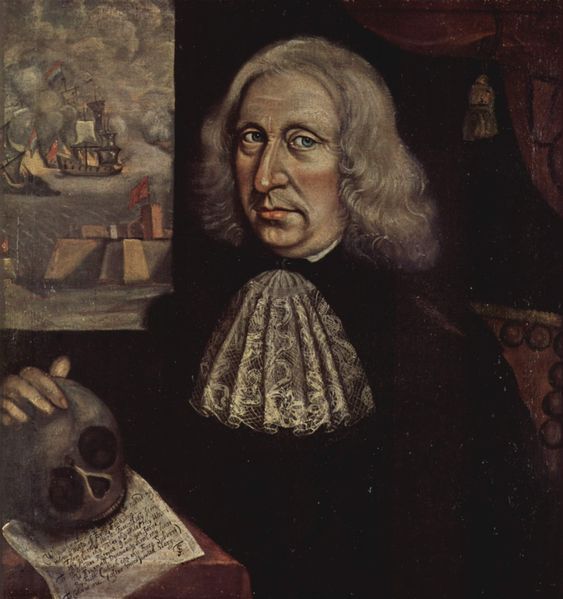Thomas Smith 1600’s-1700’s
Do you think you may own a painting by Thomas Smith?
Get a Smith Certificate of Authenticity for your painting (COA) for your Smith drawing.
For all your Smith artworks you need a Certificate of Authenticity (COA) in order to sell, to insure or to donate for a tax deduction.
Getting a Smith Certificate of Authenticity (COA) is easy. Just send us photos and dimensions and tell us what you know about the origin or history of your Smith painting or drawing.
If you want to sell your Smith painting or drawing use our selling services. We offer Smith selling help, selling advice, private treaty sales and full brokerage.
We have been authenticating Smith and issuing certificates of authenticity since 2002. We are recognized Smith experts and Smith certified appraisers. We issue COAs and appraisals for all Smith artworks.
Our Smith paintings and drawings authentications are accepted and respected worldwide.
Each COA is backed by in-depth research and analysis authentication reports.
The Smith certificates of authenticity we issue are based on solid, reliable and fully referenced art investigations, authentication research, analytical work and forensic studies.
We are available to examine your Smith painting or drawing anywhere in the world.
You will generally receive your certificates of authenticity and authentication report within two weeks. Some complicated cases with difficult to research Smith paintings or drawings take longer.
Our clients include Smith collectors, investors, tax authorities, insurance adjusters, appraisers, valuers, auctioneers, Federal agencies and many law firms.
We perform Thomas Smith art authentication, appraisal, certificates of authenticity (COA), analysis, research, scientific tests, full art authentications. We will help you sell your Thomas Smith or we will sell it for you.
Although his exact birth and death date is not certain, Thomas Smith is the first known American painter to whom a specific canvas can be identified. Only a handful of paintings have been attributed to Smith, however, since there is little known about him, there could very well be many of his paintings in existence unauthenticated and otherwise unknown. In America’s early history there were many artists painting portraits of wealthy aristocrats, many of which are attributed today to unknown artists. To date, only six painting have been attributed to Smith, and two other known paintings have since been lost. Smith painted in a Baroque style, and his paintings were very European in flavor. Other artists during this time were still painting in the style that the Elizabethan court admired, using color and creating grandiose, decorative compositions. Smith’s work, however, can be identified with his distinctly different use of light and shadow, his paintings taking on a more dark and somber tone than those created by his American contemporaries.

There is little known about Smith’s life, however, from his self-portrait one may surmise that he was a Puritan and fought in naval battles. Painted in 1680 in New England, this oil on canvas painting is perhaps the biggest clue that modern art historians have about the life of Thomas Smith.

Also mysteriously is this poem included with the painting signed “T.S.”
“Why Why should I the World be minding therein a World of Evils Finding
Then Farewell World: Farewell thy Jarres thy Joies thy Toies thy Wiles thy Warrs
Truth Sounds Retreat: I am not sorye.
The Eternal Drawes to him my heart By Faith (which can thy Force Subvert)
To Crowne me (after Grace) with Glory.”
It is also said that Smith was commissioned to create portraits of military officers in Massachusetts. Though the name Thomas Smith was, and is, a generally common name, one Captain Thomas Smith was a part of the Ancient and Honorable Artillery Company in 1678, which was a Massachusetts military group. Could this have been the same Thomas Smith the painter? Art historians seem to think so, leaving the possibility of there being marine scenes, paintings of military officers and other militia or naval related paintings in existence which could be attributed to Smith. Other clues from his existing paintings suggest that Smith was definitely in Boston in 1679. It is also recorded that Smith received a commission from Harvard College in 1680. Art historians have since concluded that Smith actively painted in New England from 1675 to 1690. Though the details of his life are still uncertain, Thomas Smith remains the first recorded American artist. Still wondering about an early American painting hanging in your home? Contact us…it could be by Thomas Smith.
Reviews
1,217 global ratings
5 Star
4 Star
3 Star
2 Star
1 Star
Your evaluation is very important to us. Thank you.
